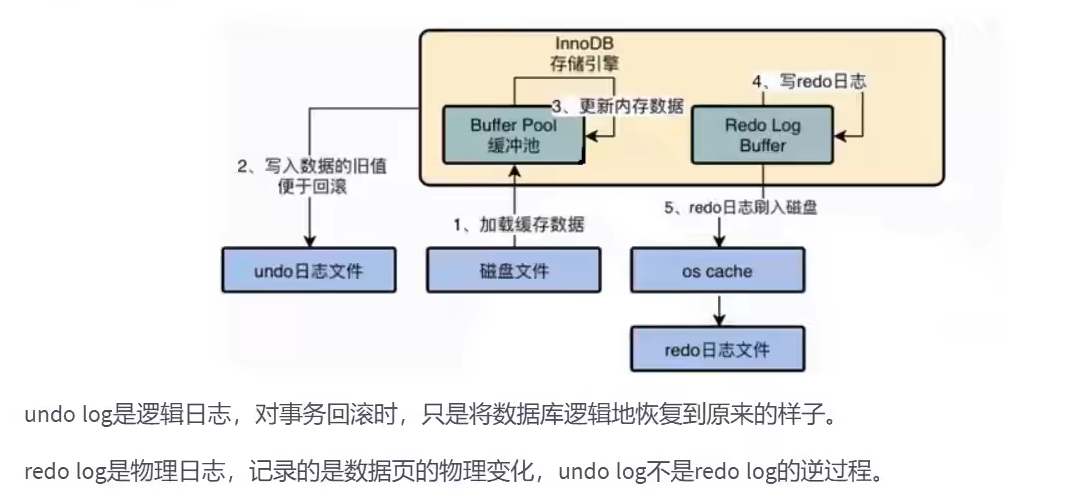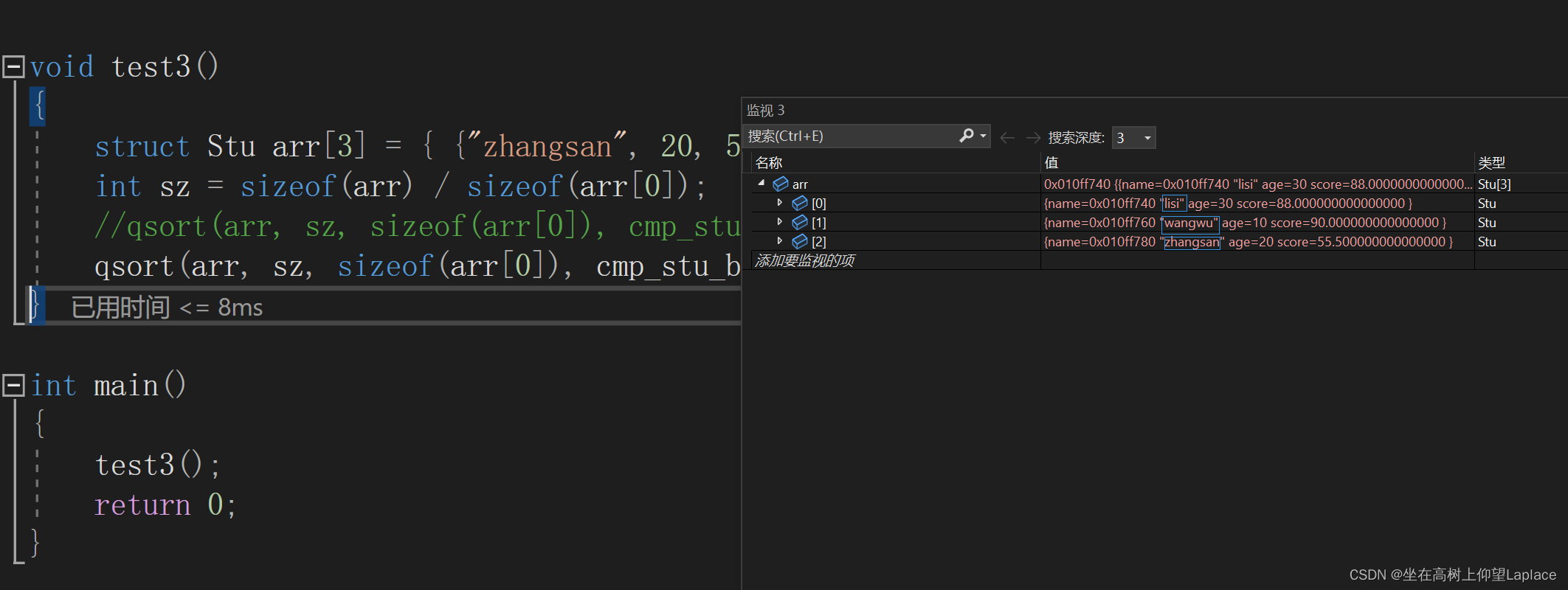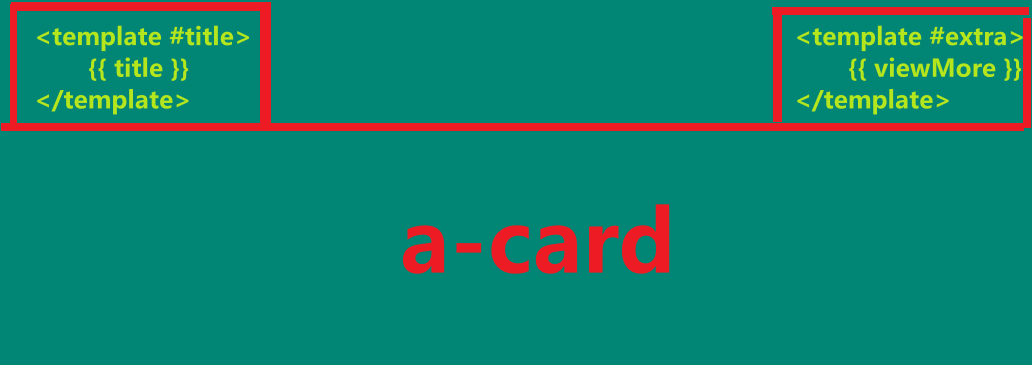1.1.RPC和HTTP
无论是微服务还是SOA,都面临着服务间的远程调用。那么服务间的远程调用方式有哪些呢?
常见的远程调用方式有以下2种:
-
RPC:Remote Produce Call远程过程调用,类似的还有RMI。自定义数据格式,基于原生TCP通信,速度快,效率高。早期的webservice,现在热门的dubbo,都是RPC的典型代表
-
Http:http其实是一种网络传输协议,基于TCP,规定了数据传输的格式。现在客户端浏览器与服务端通信基本都是采用Http协议,也可以用来进行远程服务调用。缺点是消息封装臃肿,优势是对服务的提供和调用方没有任何技术限定,自由灵活,更符合微服务理念。
现在热门的Rest风格,就可以通过http协议来实现。
1.2.Http客户端工具
既然微服务选择了Http,那么我们就需要考虑自己来实现对请求和响应的处理。不过开源世界已经有很多的http客户端工具,能够帮助我们做这些事情,例如:
-
HttpClient
-
OKHttp
-
URLConnection
接下来,不过这些不同的客户端,API各不相同
1.3.Spring的RestTemplate
Spring提供了一个RestTemplate模板工具类,对基于Http的客户端进行了封装,并且实现了对象与json的序列化和反序列化,非常方便。RestTemplate并没有限定Http的客户端类型,而是进行了抽象,目前常用的3种都有支持:
-
HttpClient
-
OkHttp
-
JDK原生的URLConnection(默认的)
1.4 代码
首先在项目中注册一个RestTemplate对象,可以在启动类位置注册:
@SpringBootApplication
public class HttpDemoApplication {
public static void main(String[] args) {SpringApplication.run(HttpDemoApplication.class, args);}
@Beanpublic RestTemplate restTemplate() {return new RestTemplate();}
}在测试类中直接@Autowired注入:
@RunWith(SpringRunner.class)
@SpringBootTest(classes = HttpDemoApplication.class)
public class HttpDemoApplicationTests {
@Autowiredprivate RestTemplate restTemplate;
@Testpublic void httpGet() {// 调用springboot案例中的rest接口User user = this.restTemplate.getForObject("http://localhost/user/1", User.class);System.out.println(user);}
}-
通过RestTemplate的getForObject()方法,传递url地址及实体类的字节码,RestTemplate会自动发起请求,接收响应,并且帮我们对响应结果进行反序列化。







